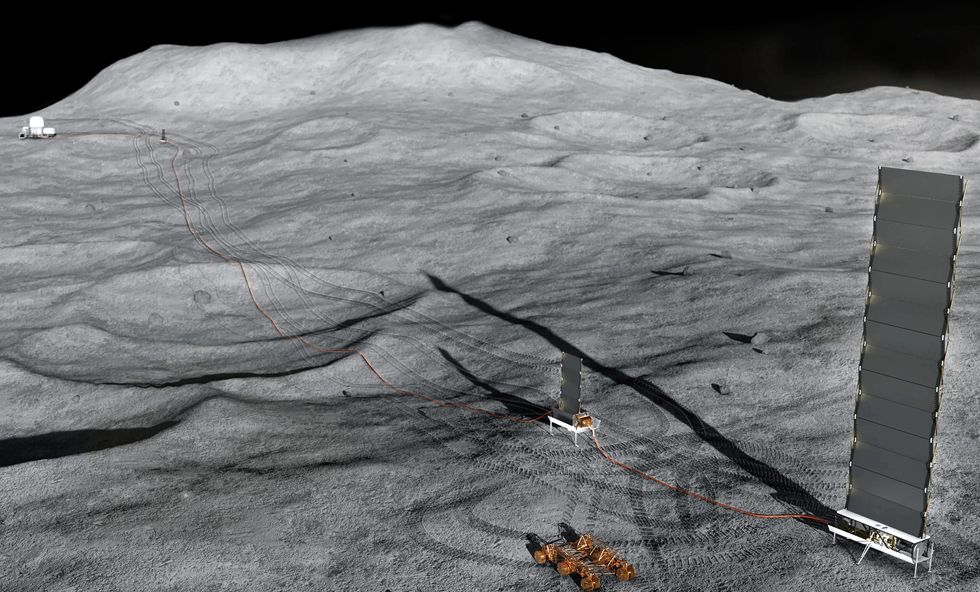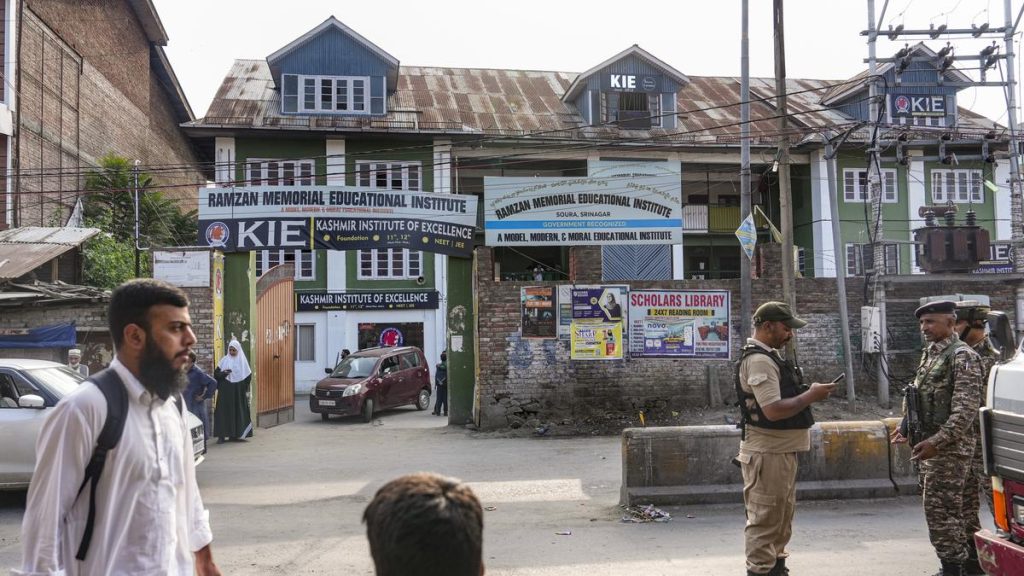Now Reading: Global Powers Compete to Build Lunar Nuclear Reactors
-
01
Global Powers Compete to Build Lunar Nuclear Reactors
Global Powers Compete to Build Lunar Nuclear Reactors

Rapid Summary
- Global Race for Lunar Nuclear Reactors: China and Russia plan to complete a nuclear reactor on the moon by 2036, while the U.S. aims to fast-track its program with a target of operational readiness by 2030.
- Strategic Intentions: Lunar nuclear reactors are considered essential for sustaining human presence on the moon for scientific research and supporting bases like NASA’s Artemis program or China-Russia’s International lunar Research Station.
- energy Advantage: Nuclear power provides unmatched energy density compared to renewables, which are less reliable in the lunar environment due to intermittent availability.
- Design Challenges: Lunar reactors must account for low gravity, extreme temperature swings, efficient waste heat management, and long-term operational stability without intervention.
- Risks and Safety: fresh uranium poses minimal radiological hazard pre-operation. Previous space missions have defined safety protocols but certain incidents (e.g., Soviet Kosmos 954) indicate challenges in reactor failure scenarios.
A detailed interview with nuclear engineer Katy Huff sheds light on reactor design considerations like fuel choice (likely gas-cooled TRISO-based systems), cooling methods, transportation logistics, startup protocol, and resilience against impacts such as asteroid strikes.
Indian Opinion Analysis
The race among major space powers-china-Russia versus the United States-to establish functional lunar nuclear reactors is poised to set the stage for geopolitical dynamics beyond Earth. India’s strategic interest in space programs through ISRO might be indirectly influenced as this competition unfolds. The progress of lunar bases powered by nuclear systems highlights an increased globalization of scientific ambitions coupled with national security concerns about territorial access on extraterrestrial surfaces.
From a neutral standpoint, while technological advancements benefit humanity as a whole via progress in clean energy applications or eventual fusion technologies involving helium-3 resources from the moon, India could face challenges maintaining equitable participation amidst dominant players staking claims early. Collaborative frameworks within international bodies like UNCOPUOS (United Nations Committee on Peaceful Uses of Outer Space) may be critical to ensuring fair resource sharing as these ventures ramp up preemptive timelines toward global leadership claims.



























